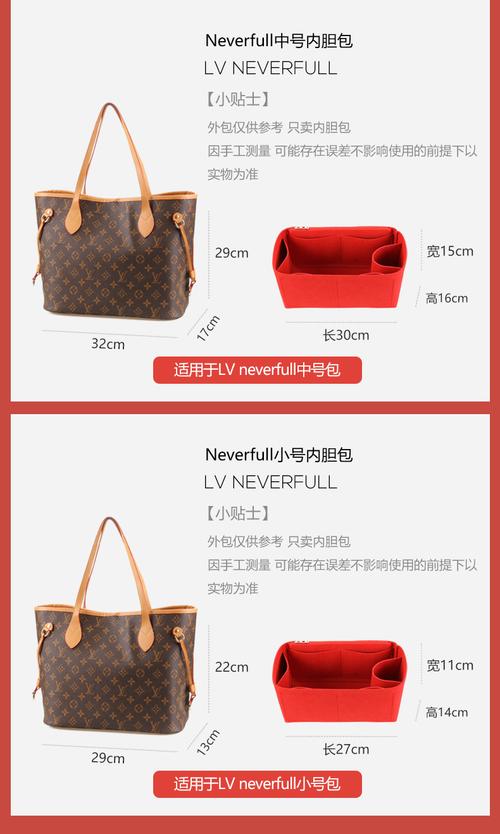箱包的英文是什么
Essential Vocabulary for the Luggage and Bags Industry
The luggage and bags industry is a dynamic sector with a rich array of specialized terms and vocabulary. Whether you're involved in manufacturing, retail, or any other aspect of this field, mastering the following essential English vocabulary will greatly enhance your communication and understanding within the industry.
1. Types of Luggage and Bags:
*Suitcase*: A large rectangular case used for carrying clothes and personal belongings while traveling.
*Backpack*: A bag with shoulder straps, often used for carrying items on one's back, commonly used by travelers and students.
*Duffel Bag*: A cylindrical bag, often used for carrying sports equipment or as luggage.
*Tote Bag*: A large, often unfastened bag with parallel handles that emerge from the sides of its pouch.
*Briefcase*: A flat, rectangular case with a handle, used for carrying documents, books, or a laptop.
*Messenger Bag*: A bag with a long strap, worn across the body, typically used for carrying documents or laptops.
*Rolling Luggage*: Luggage with wheels and a telescoping handle for easy transportation.
*Clutch*: A small, strapless bag held in the hand, typically used for formal occasions.
2. Parts of Luggage and Bags:
*Handle*: The part of the bag designed to be held or grasped by the hand.
*Strap*: A long, narrow strip of material used for carrying the bag over the shoulder or across the body.
*Zipper*: A device consisting of two flexible strips with interlocking projections closed or opened by pulling a sliding tab.
*Pocket*: A small compartment inside or outside of the bag for holding small items.
*Wheel*: The circular object enabling rolling luggage to move smoothly.
*Lining*: The inner layer of fabric inside the bag.
*Closure*: Any device used to fasten or secure the opening of the bag, such as a zipper, buckle, or snap.
*Handle Grip*: The cushioned part of the handle designed for comfortable gripping.
3. Materials:
*Leather*: A durable and flexible material made from animal hides, commonly used for highquality bags and luggage.
*Nylon*: A synthetic polymer known for its strength and resistance to tearing, often used in backpacks and duffel bags.
*Canvas*: A heavyduty fabric typically made from cotton, widely used for casual bags and backpacks.
*Polyester*: A synthetic fiber known for its durability and resistance to wrinkles and shrinking, commonly used in luggage and backpacks.
*Vinyl*: A synthetic resin or plastic used as a leather substitute, often for waterproof bags.
4. Features and Characteristics:
*Waterproof*: Resistant to water, keeping the contents of the bag dry.
*Expandable*: Capable of increasing in size to accommodate additional items.
*Padded*: Cushioned or filled with soft material to provide protection for delicate items.

*Adjustable*: Capable of being changed or modified to fit different sizes or preferences.
*Compartmentalized*: Divided into sections or compartments for organizing belongings.
*Reinforced*: Strengthened to provide additional support or durability.
*Detachable*: Able to be removed or separated from the main body of the bag.
*Convertible*: Capable of being transformed into different forms or styles.
5. Brands and Manufacturers:
*Samsonite*: A wellknown manufacturer of luggage and travel accessories.
*Tumi*: A premium brand specializing in luxury travel bags and accessories.
*Rimowa*: Renowned for its highend aluminum and polycarbonate luggage.
*Victorinox*: Known for its Swiss Army knives, also produces durable and functional travel gear.
*Herschel*: A contemporary brand offering stylish and functional backpacks and bags.
*Eastpak*: Known for its durable and practical backpacks and luggage.
*Travelpro*: Specializing in luggage designed for frequent travelers and airline crews.
6. Maintenance and Care:
*Spot Cleaning*: Removing stains or dirt from a specific area of the bag without washing the entire item.
*Conditioning*: Applying products to leather to keep it soft, supple, and hydrated.
*Storage*: Properly storing luggage and bags in a cool, dry place to prevent damage.
*Repair*: Fixing any damage or wear and tear to extend the lifespan of the bag.
*Airdrying*: Allowing the bag to dry naturally after exposure to moisture, avoiding direct sunlight or heat sources.
7. Retail and Sales Terminology:
*Display*: Arrangement of bags for presentation to customers in a retail setting.
*Merchandising*: Strategies for promoting and selling bags effectively in stores.
*Inventory*: Stock of bags available for sale in a store or warehouse.
*Promotion*: Special offers or marketing campaigns to increase sales of bags.
*Customer Service*: Assistance provided to shoppers regarding bag selection, purchases, or inquiries.
Mastering these essential vocabulary terms will empower you to navigate the luggage and bags industry with confidence and proficiency. Whether you're discussing product features, materials, or retail strategies, a strong command of industryspecific language is key to success.





